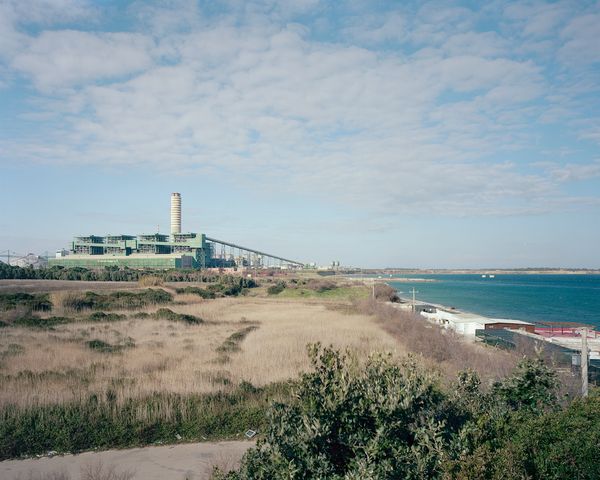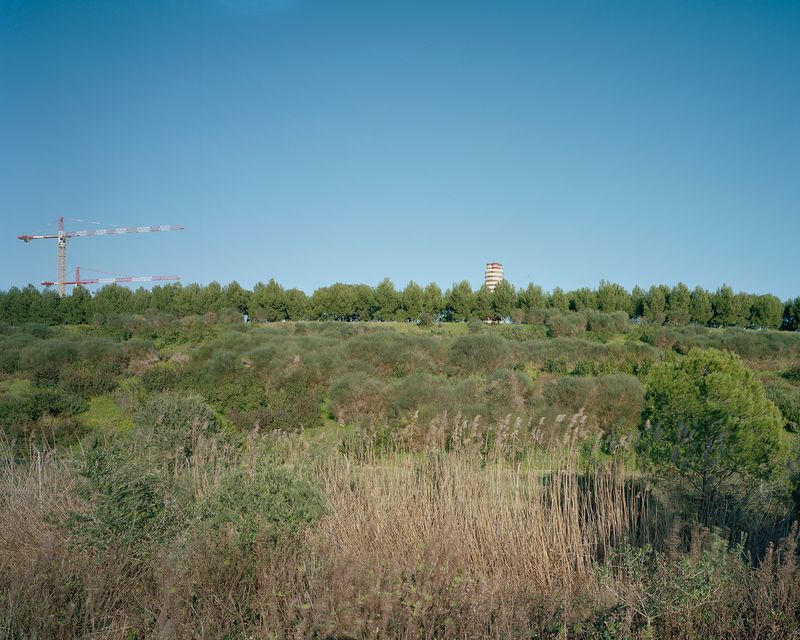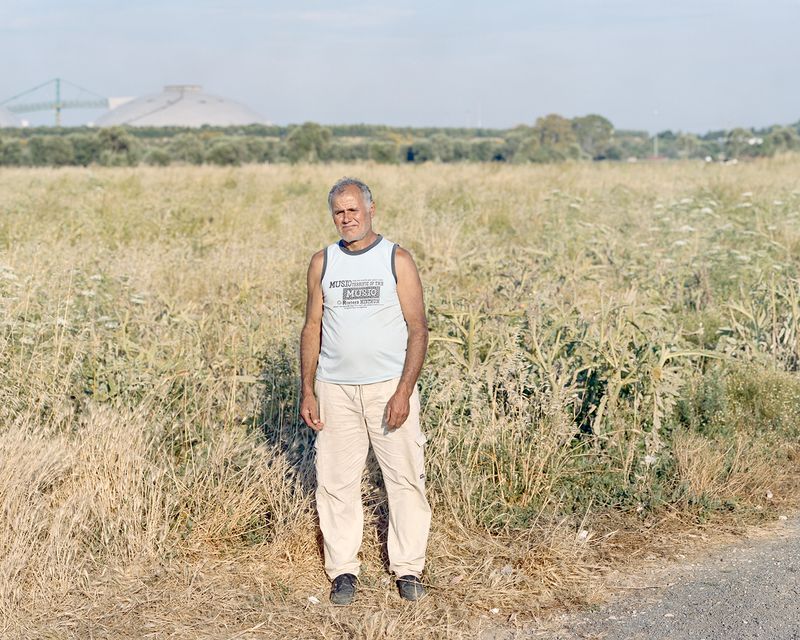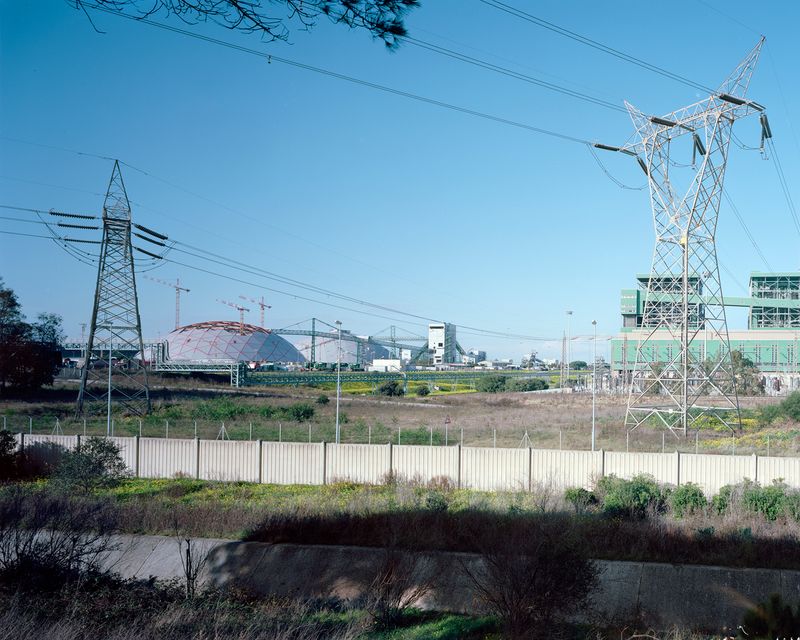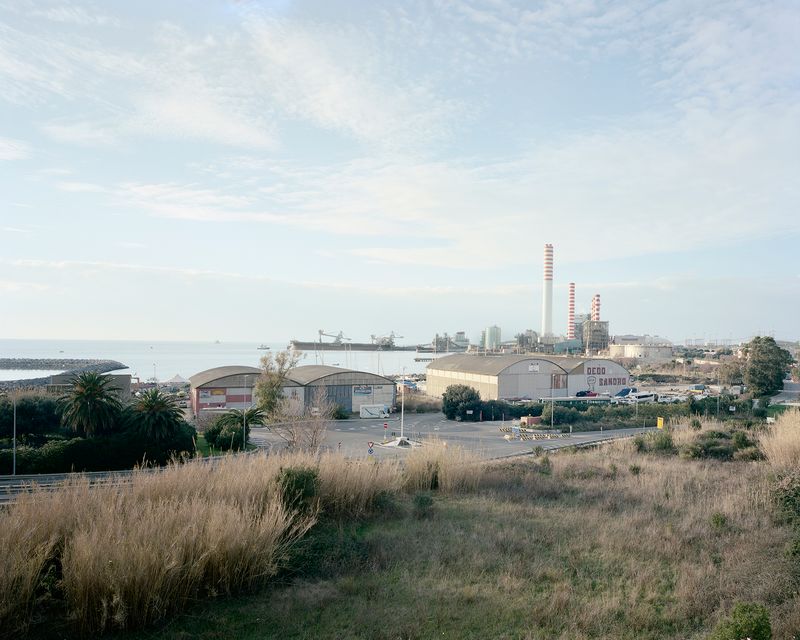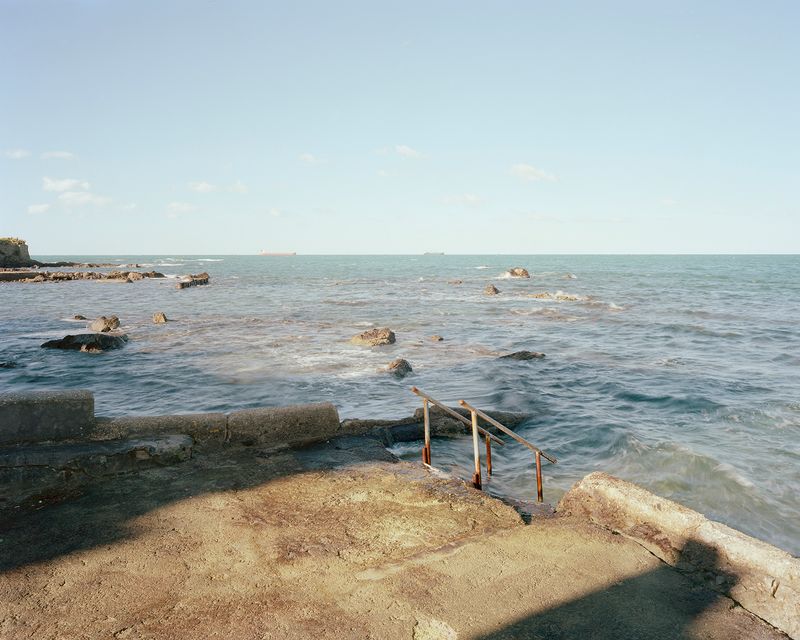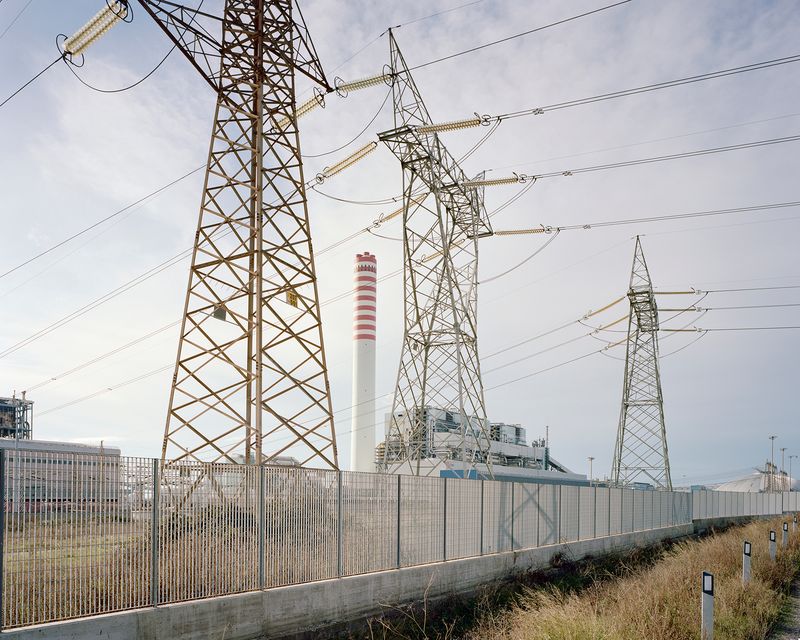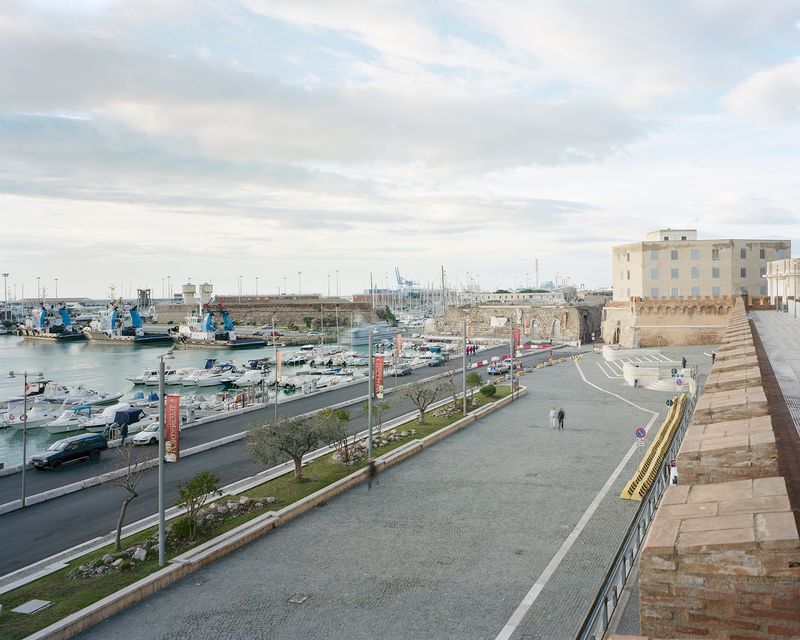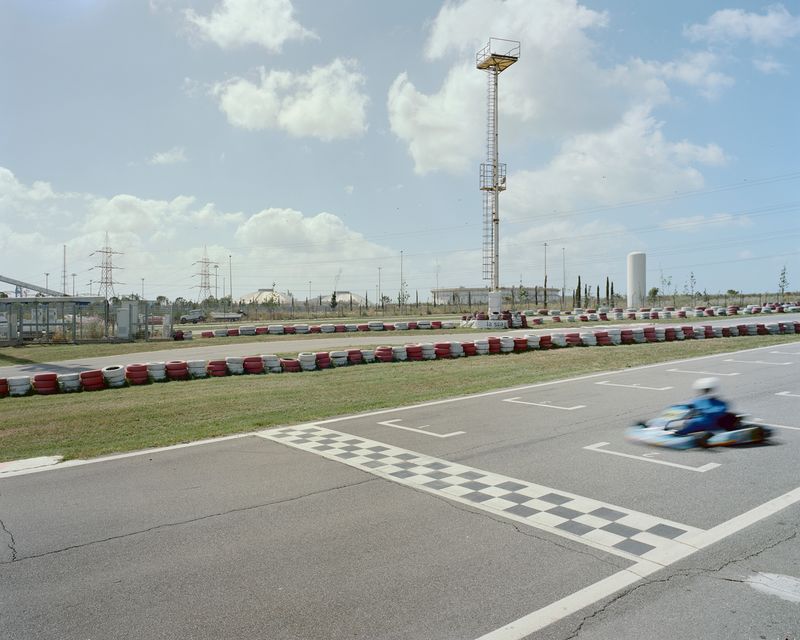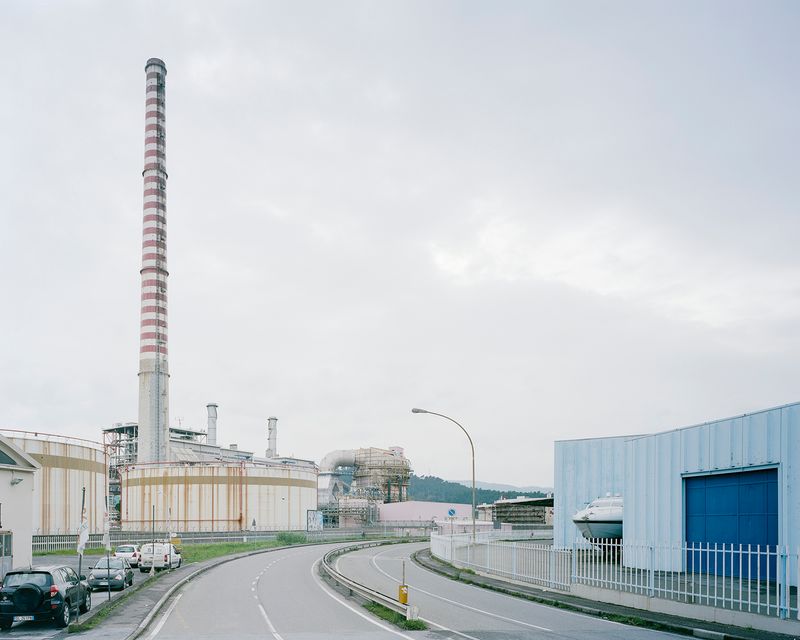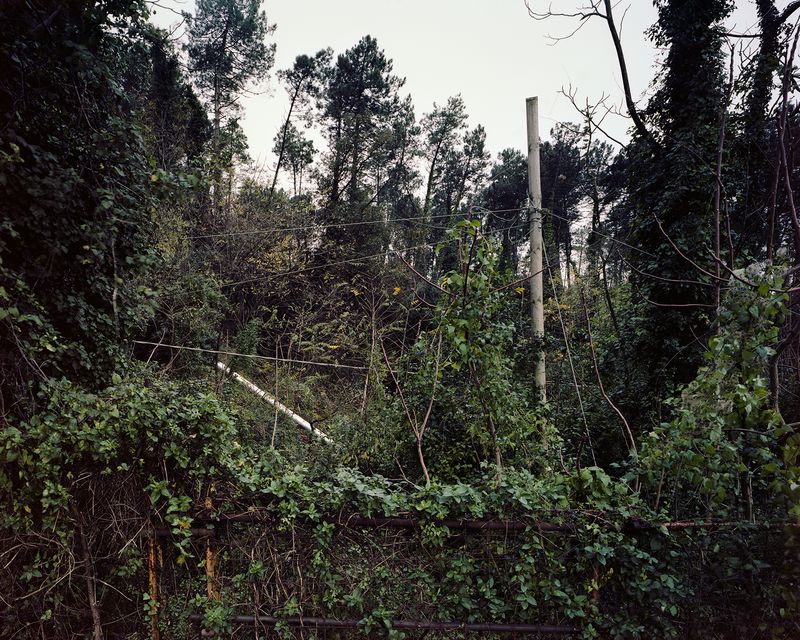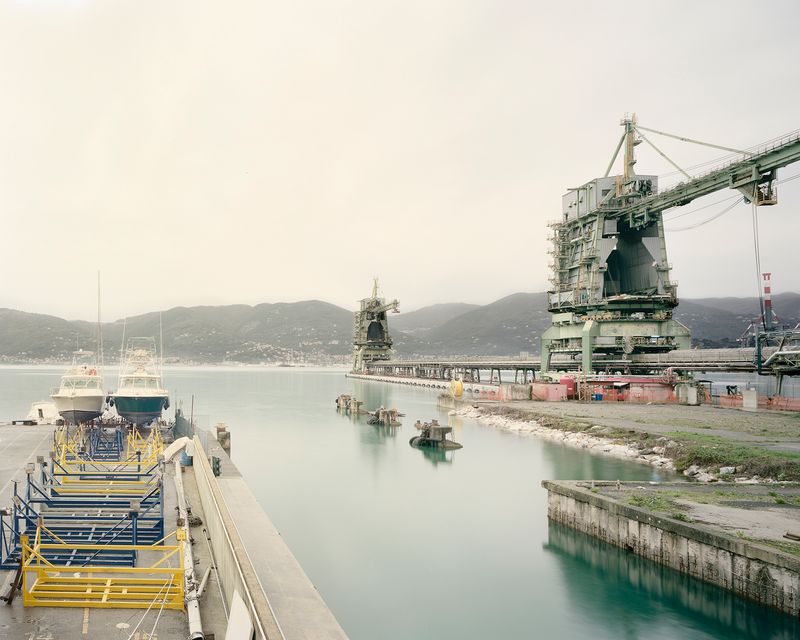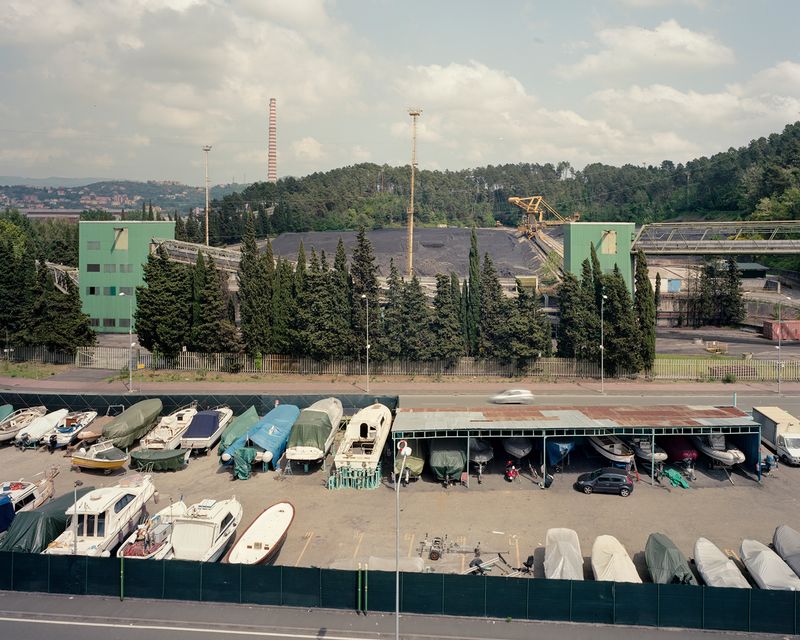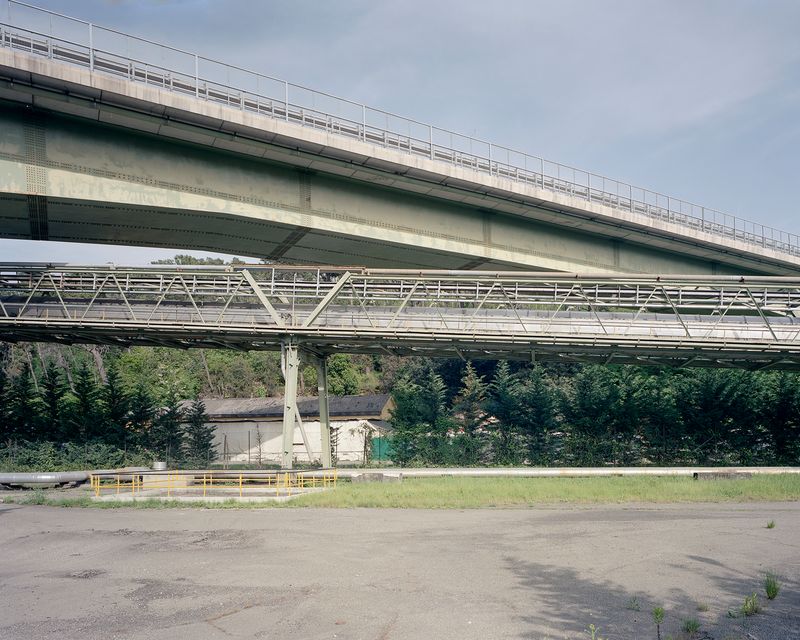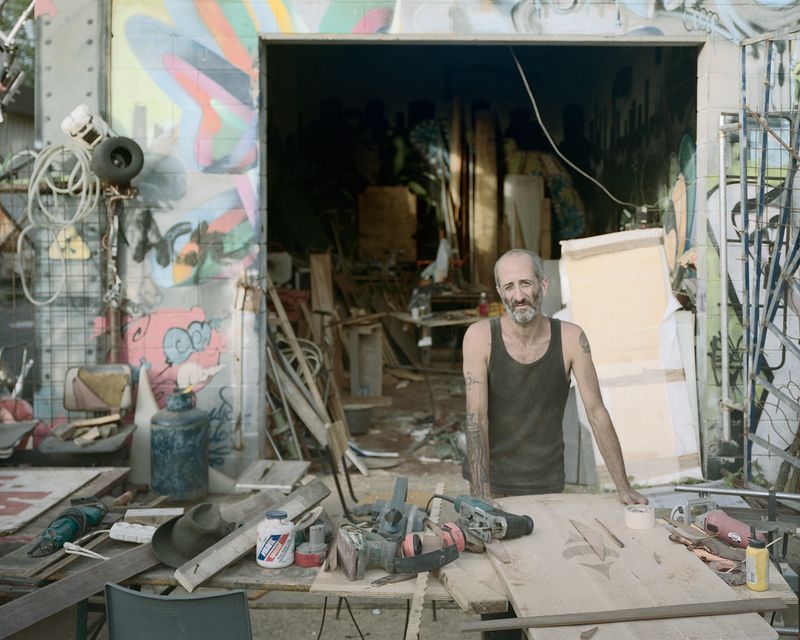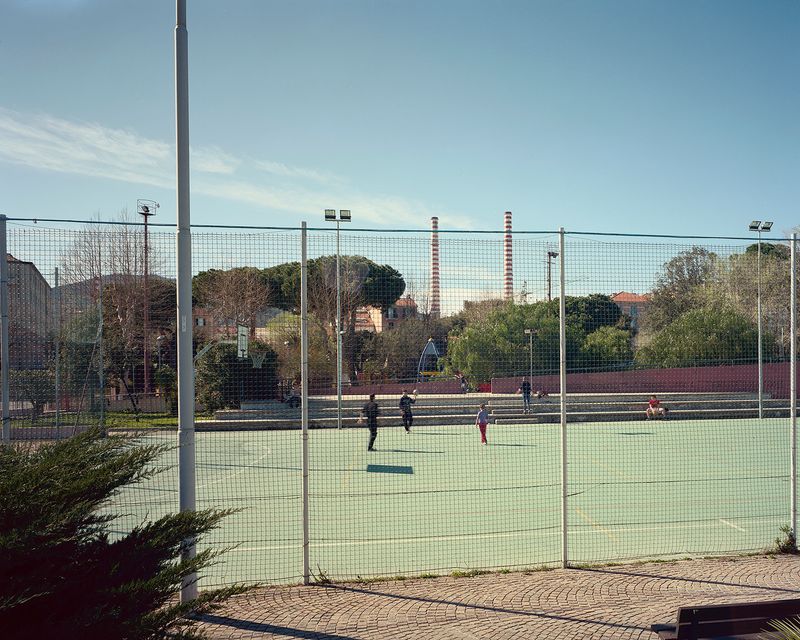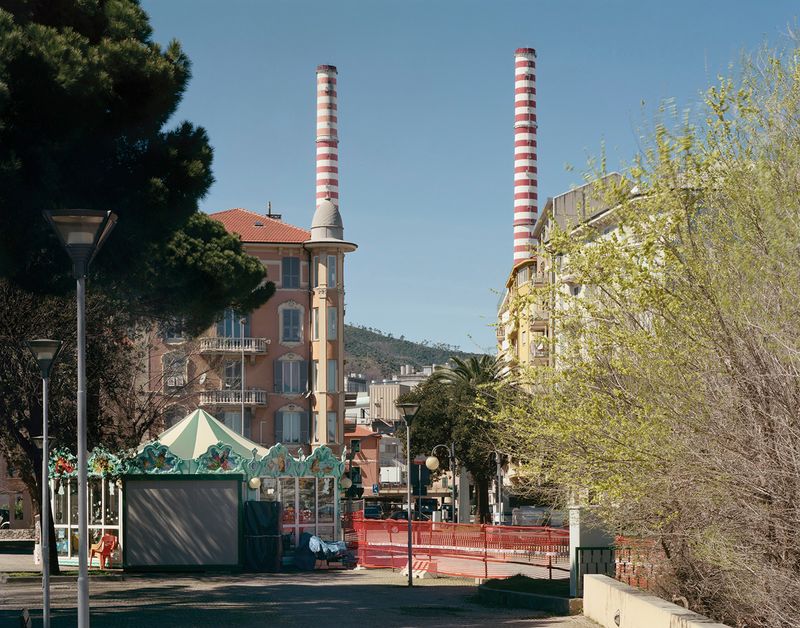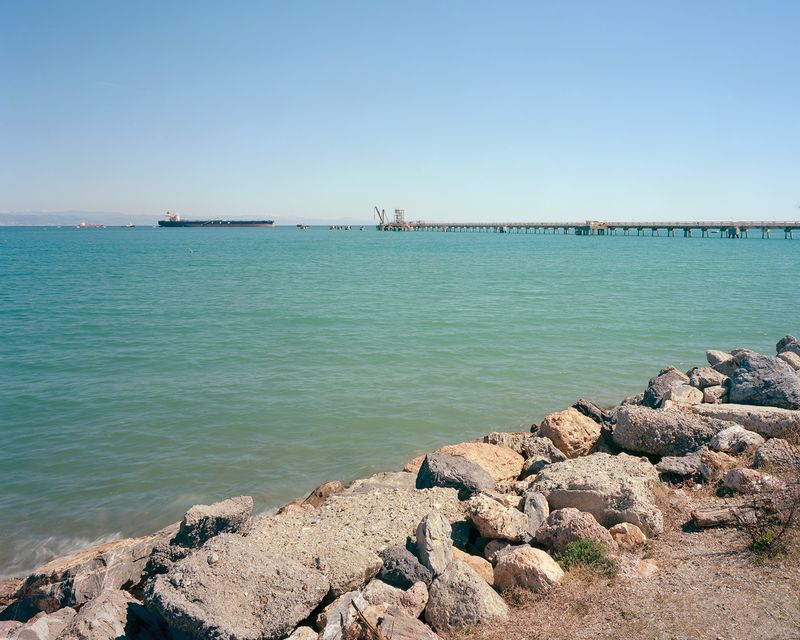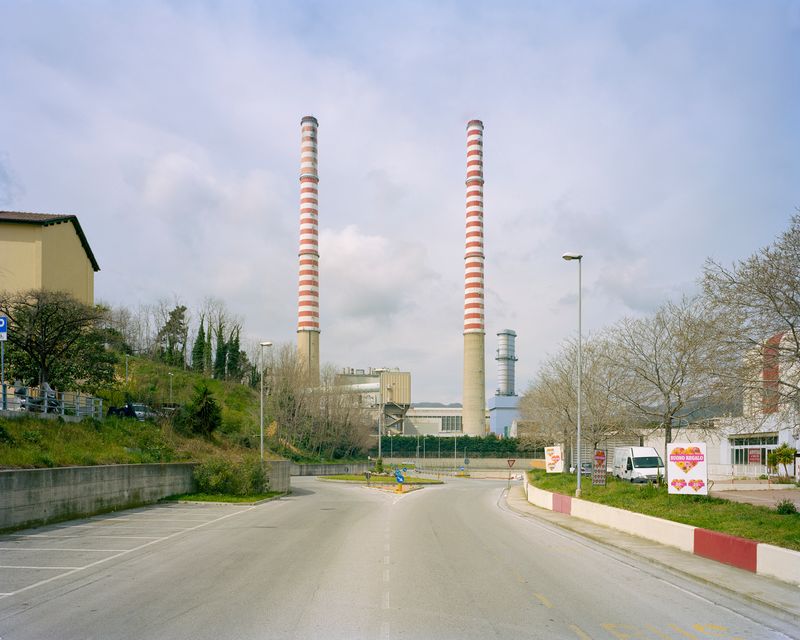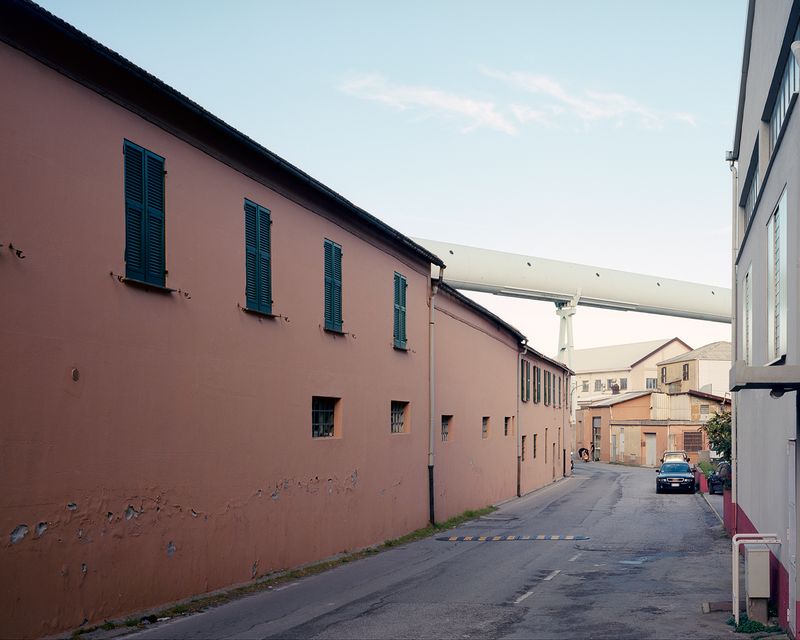The coal file vol.1: The italian Coal
-
Dates2015 - 2016
-
Author
- Topics Contemporary Issues, Documentary
Brindisi, Civitavecchia, La Spezia, Vado Ligure: four cities, four big coal plants. Today the impact of the coal in the italian and european energetic production is still strong.
THE EUROPEAN COAL
Energy industry today
In 1951, after World War II, the idea of Europe begins with the birth of the European Coal and Steel Community (ECSC).
Today the European Union (EU) is a completely different institution, but the importance and the impact of the coal in the italian and european energetic production is still strong, despite new technologies and many alternatives.
Worldwide, even now the 44% of the world CO2 emissions are related to coal burning processes. Germany is the 7th major importer of coal for energy production in the world, Poland produce the great majority of his energy from thermal coal plants, and in Italy the coal burning processes are growing together with renewable energies.
THE ITALIAN COAL
Brindisi, Civitavecchia, La Spezia, Vado Ligure: these four cities host the biggest and most problematic thermoelectric coal plants in Italy.
The area of the big plants is explored, dismantled, observed in order to understand the impact and the permanent presence of the coal energy production on the italian territory, focusing on landscape, environment, and geopolitical issues.

